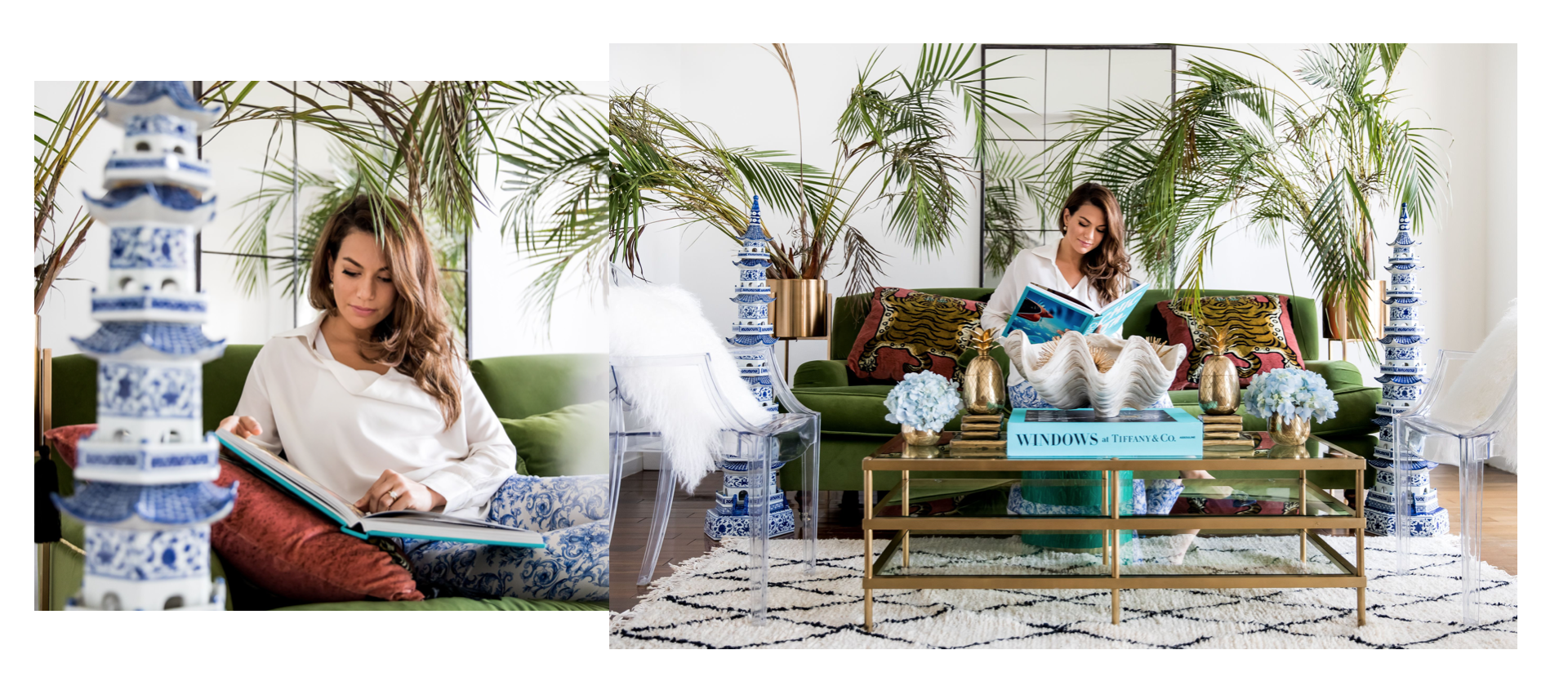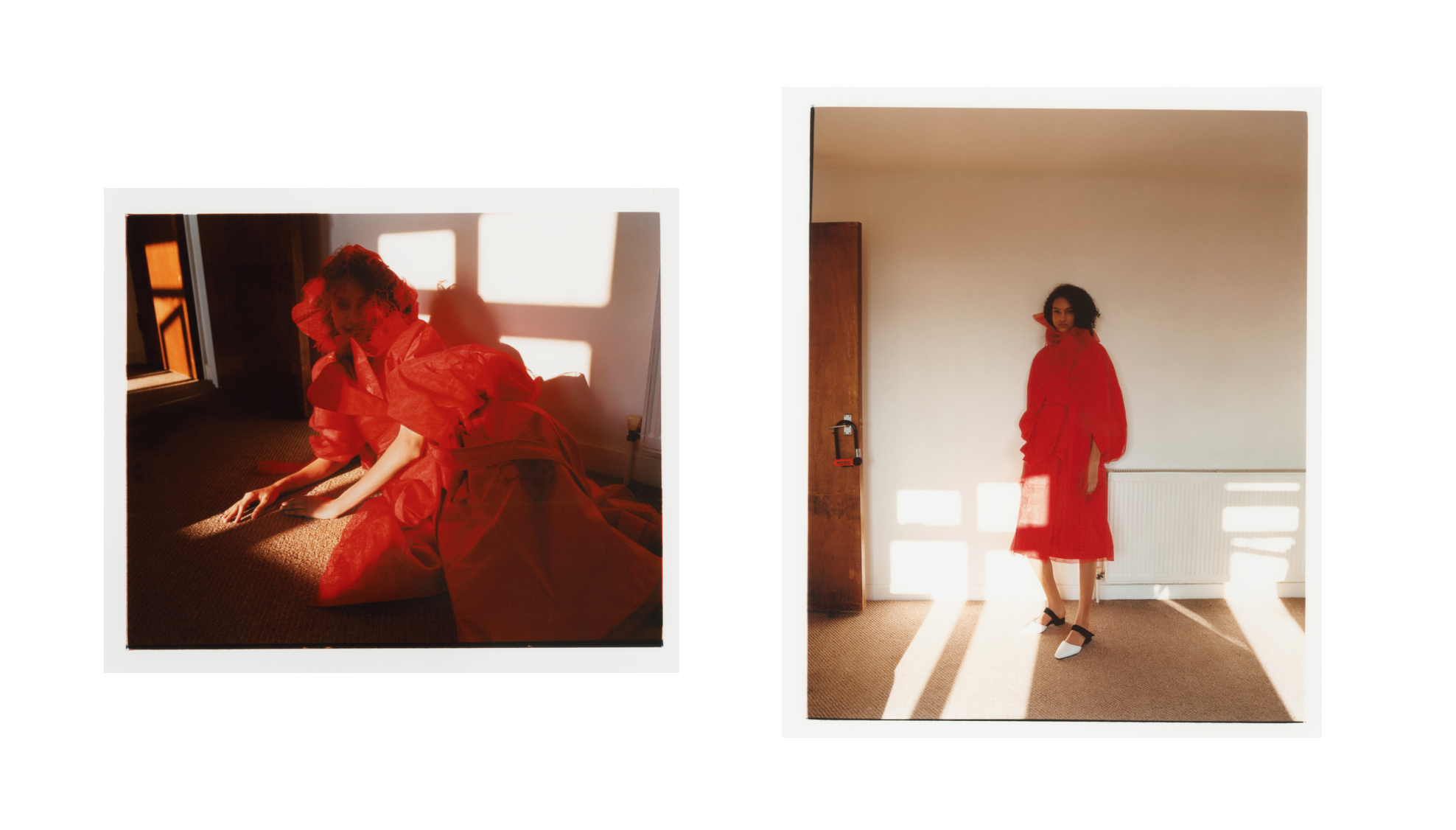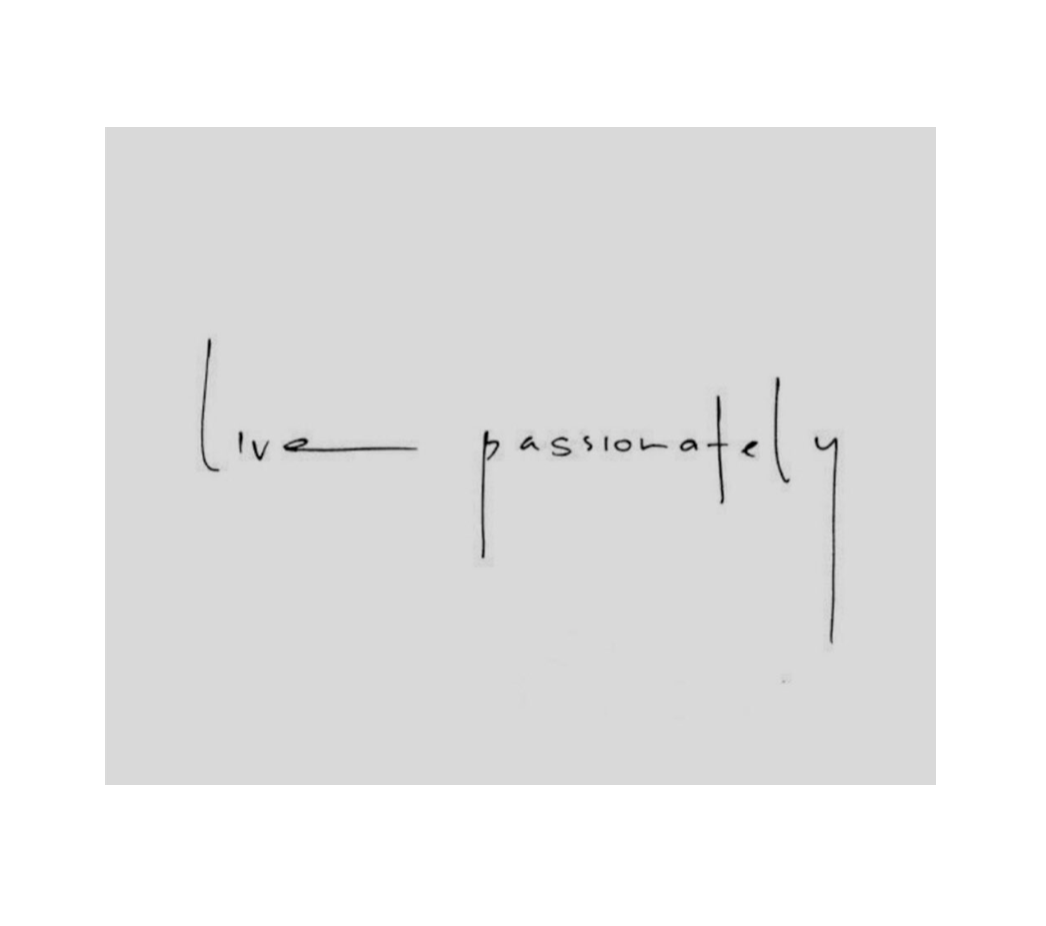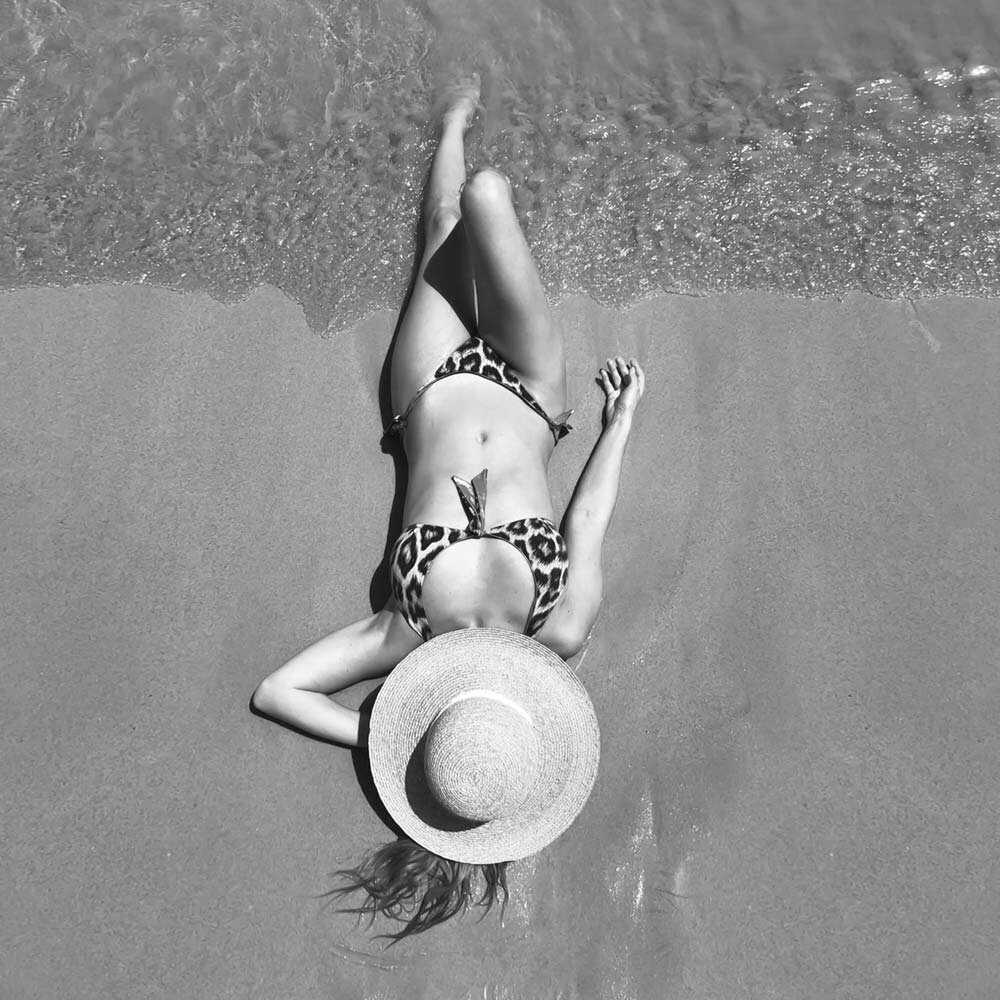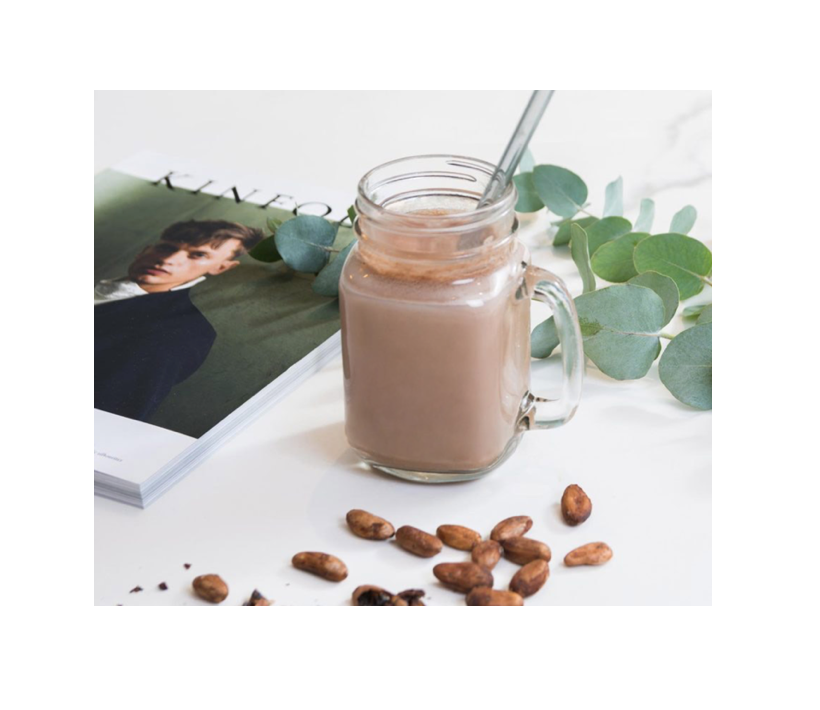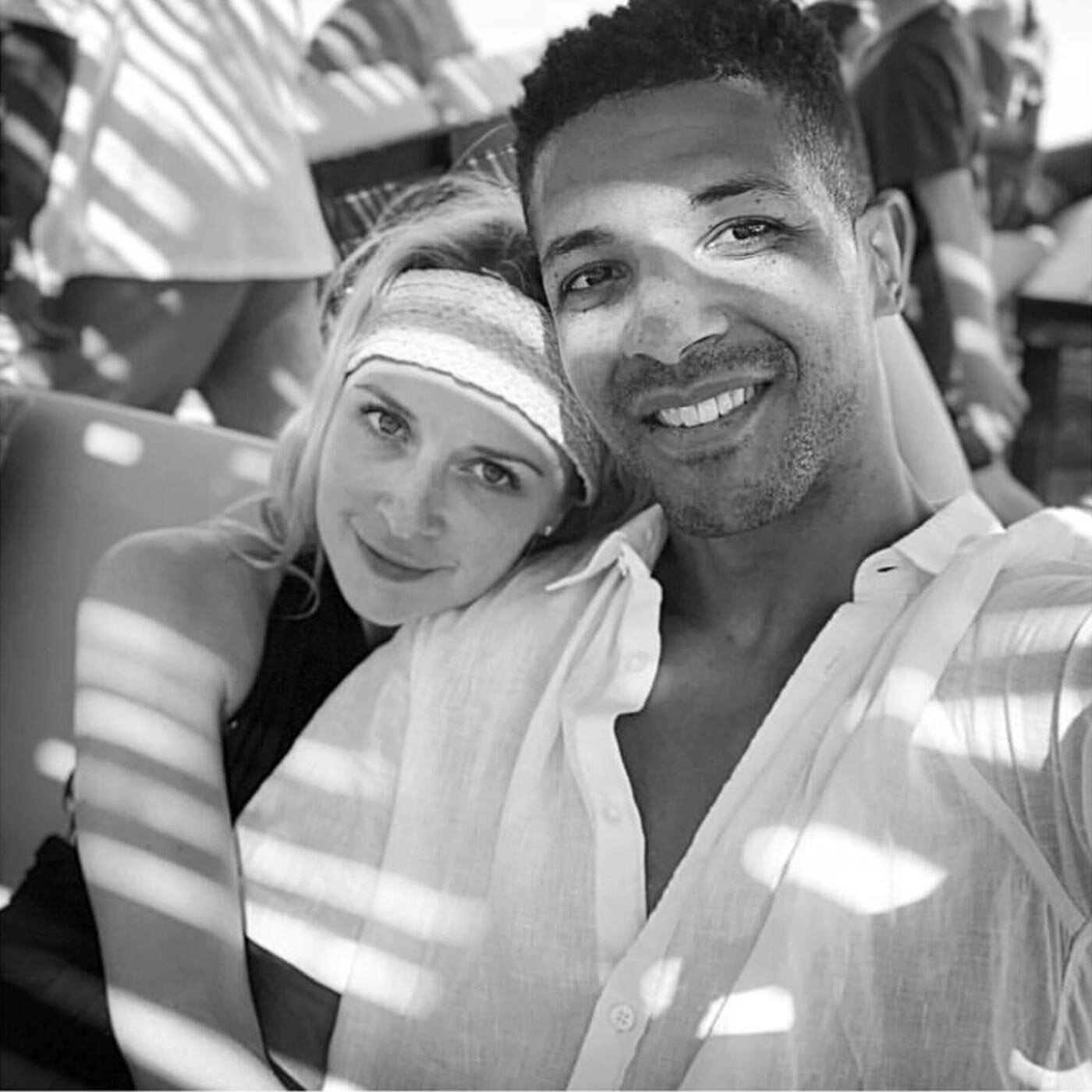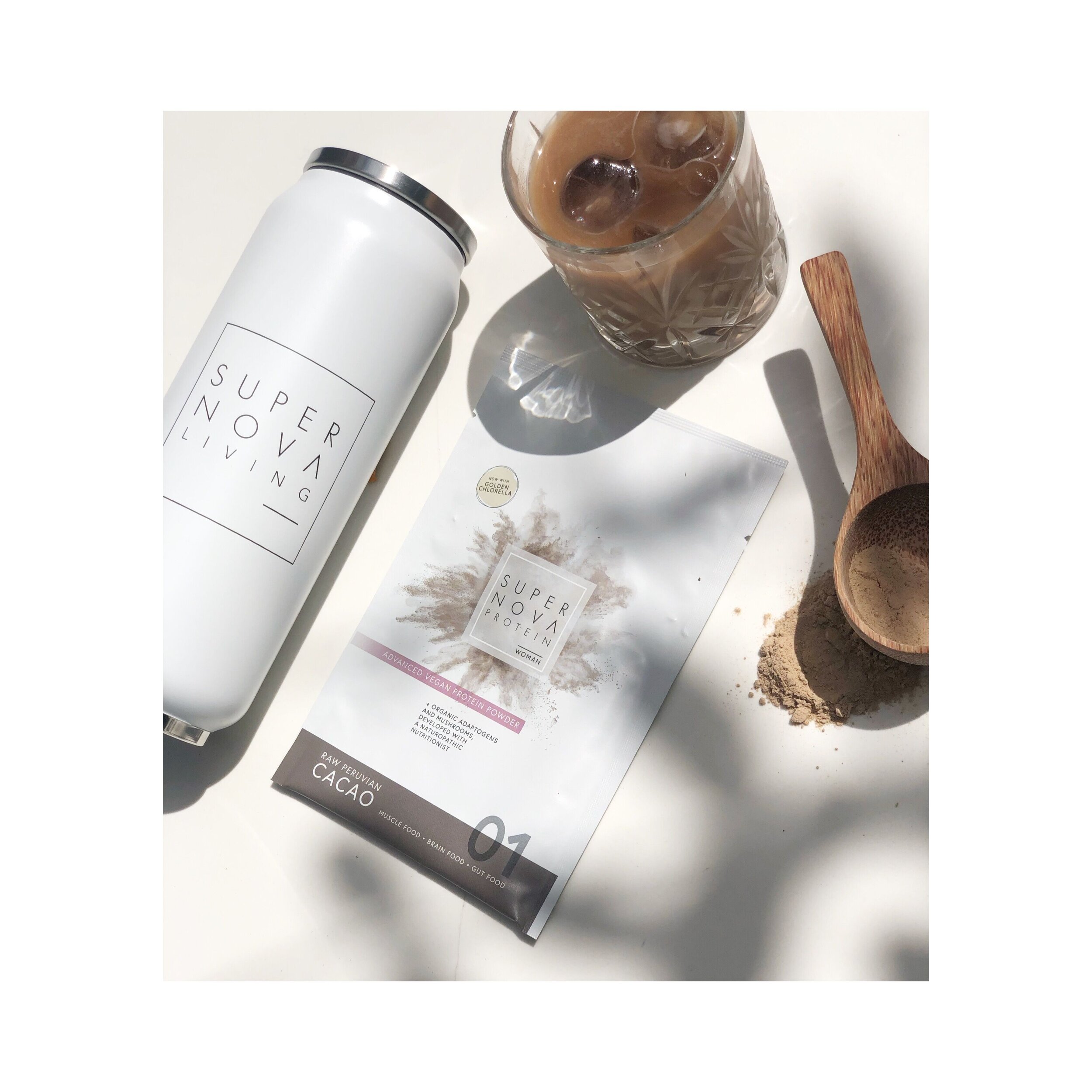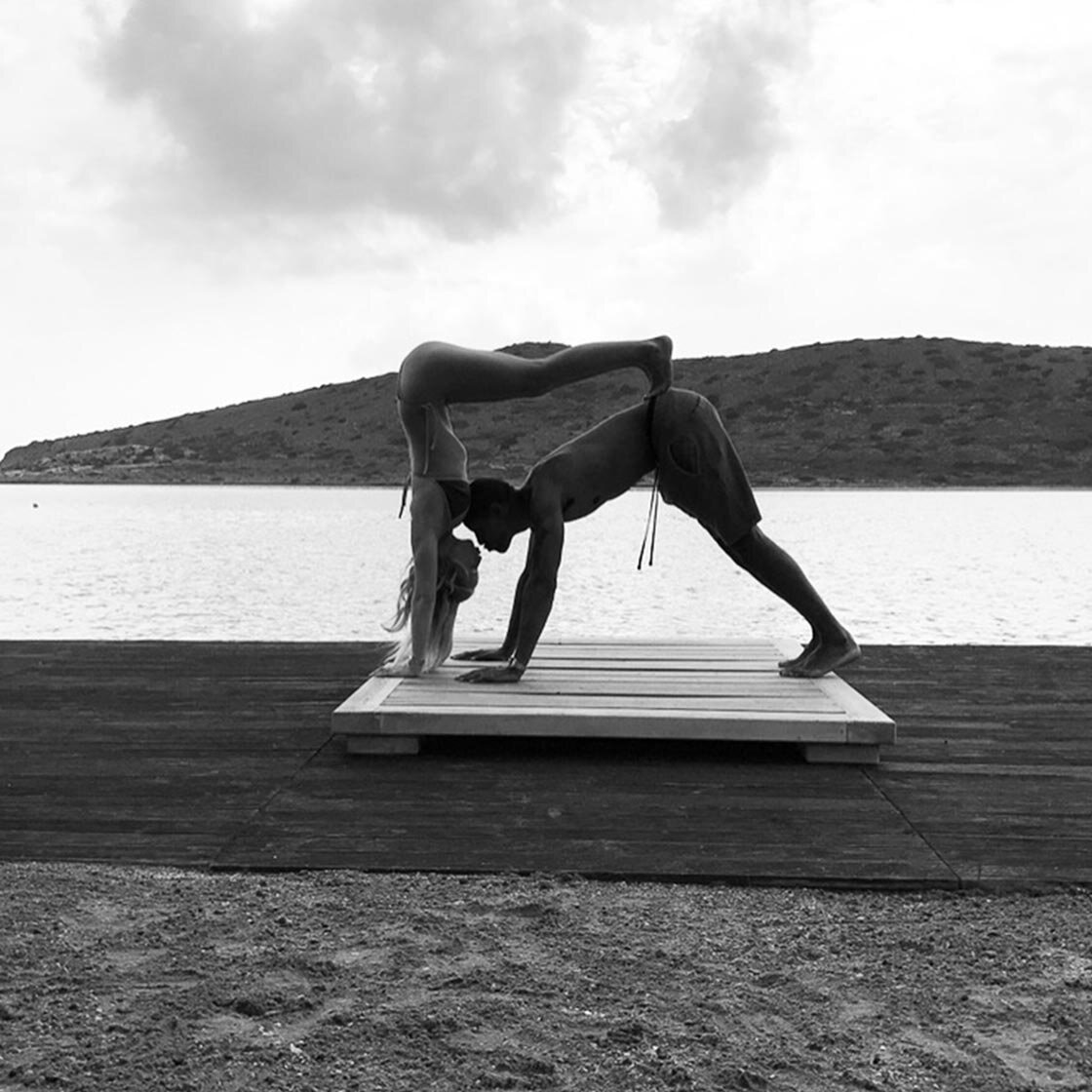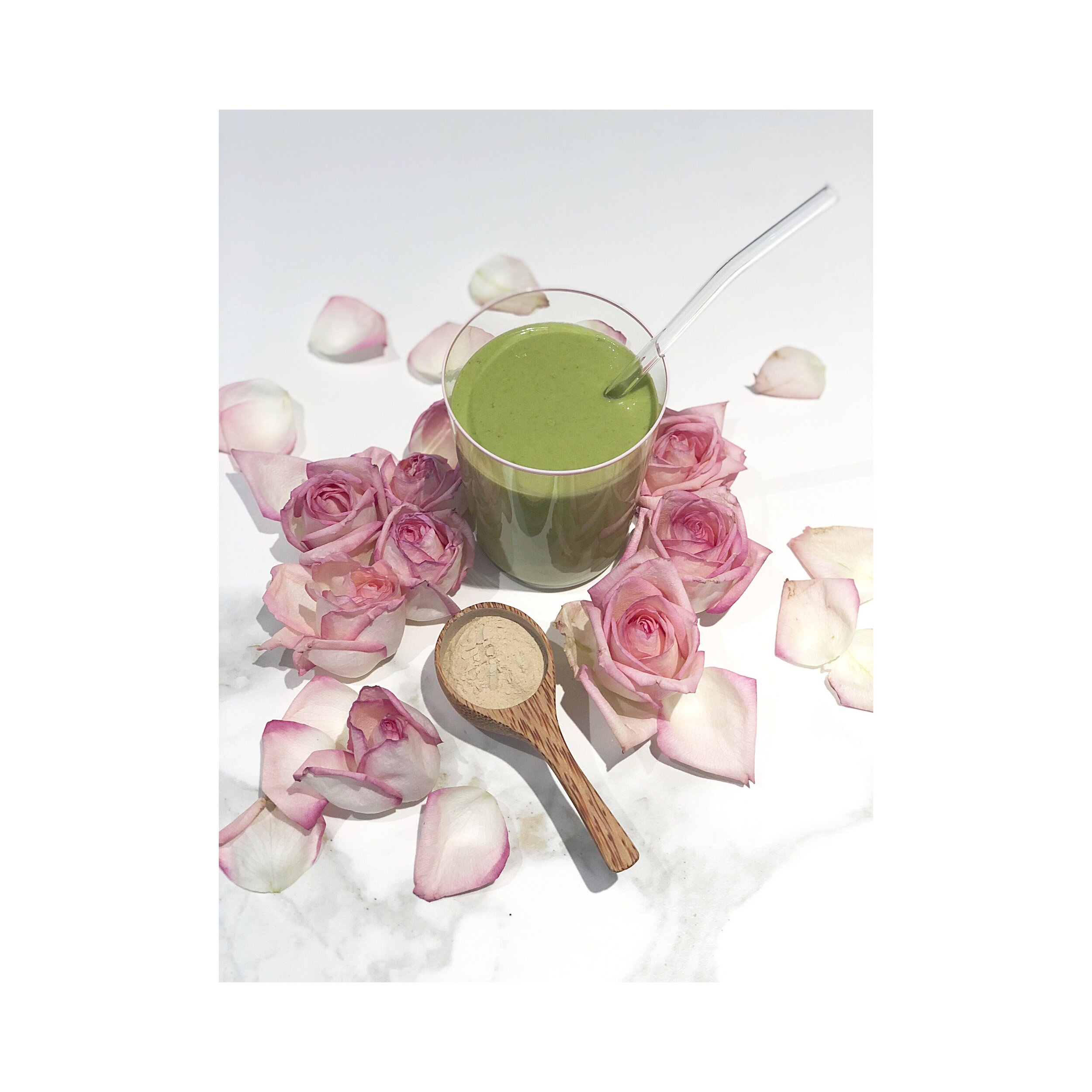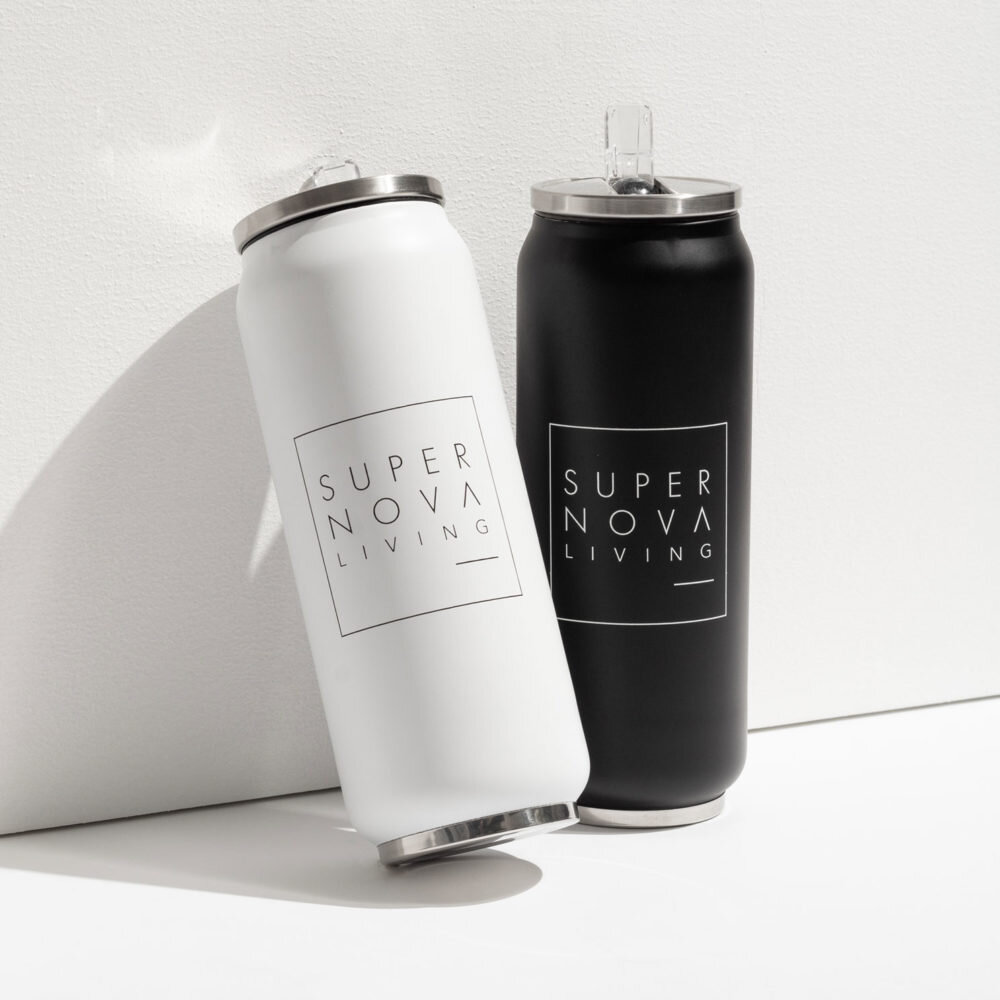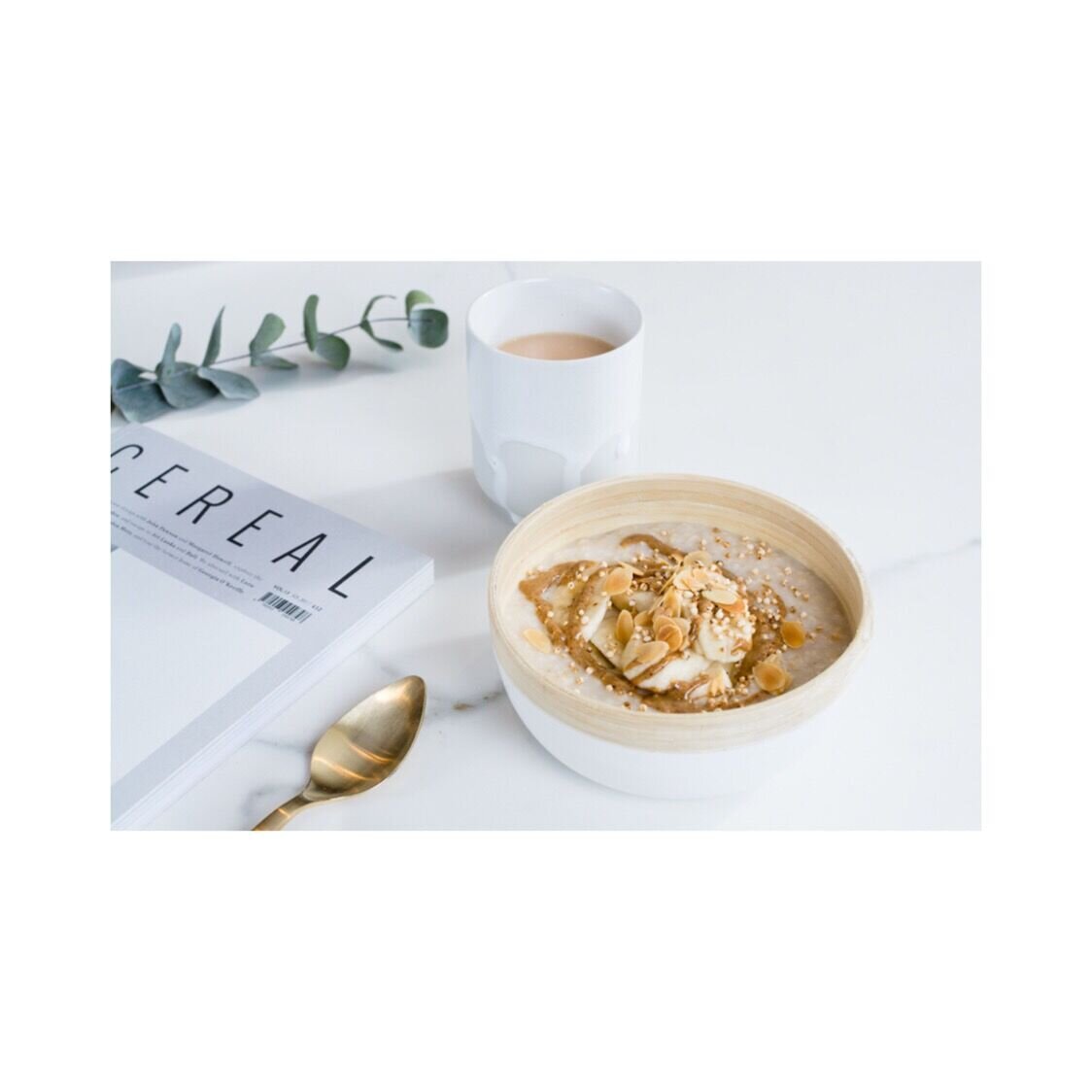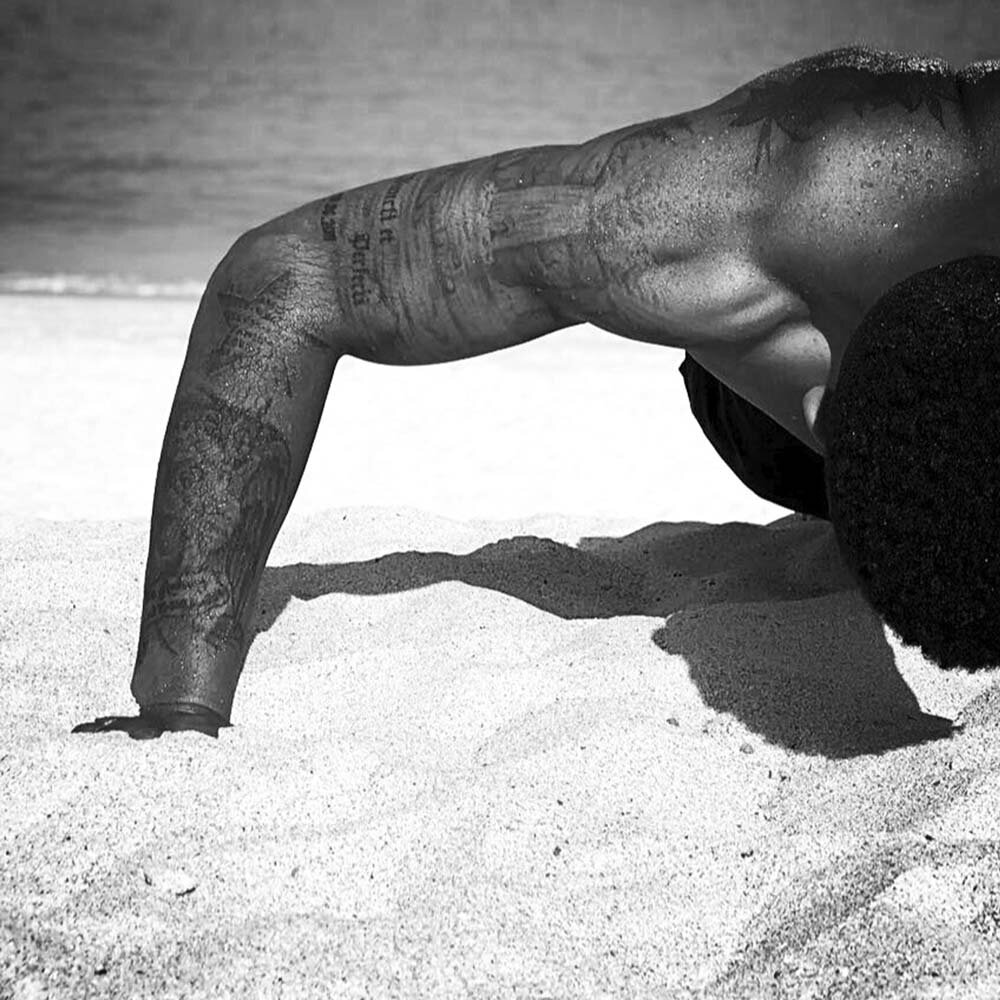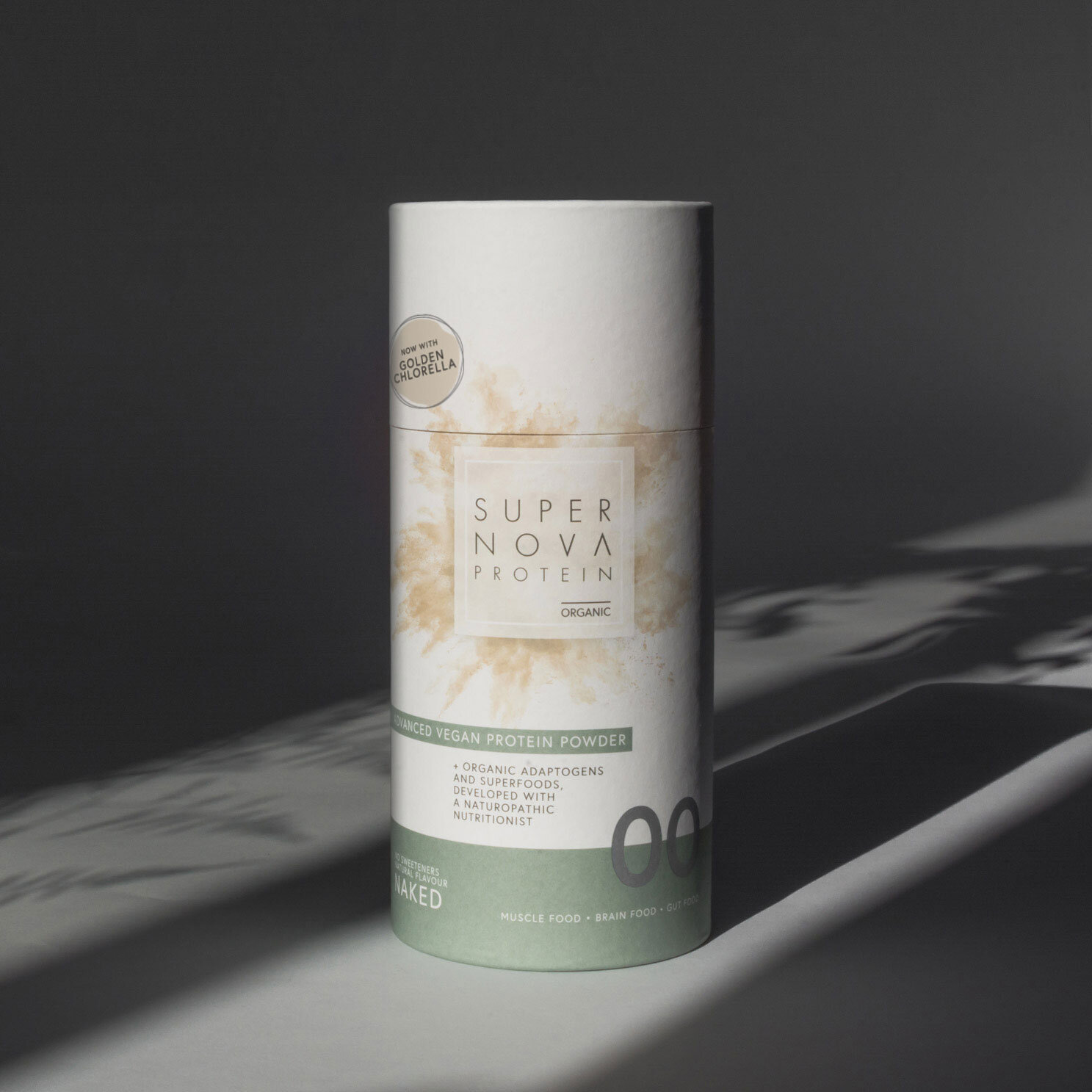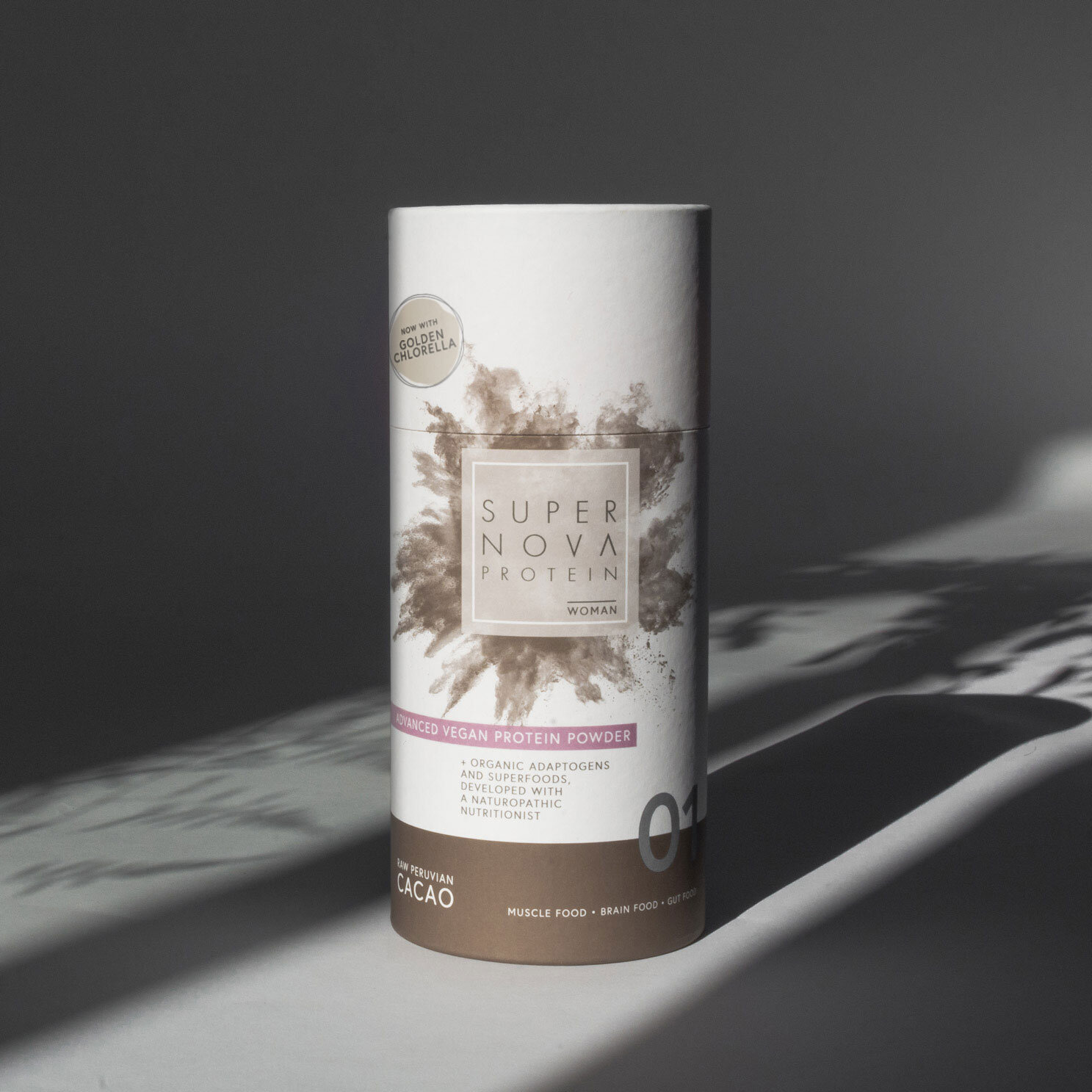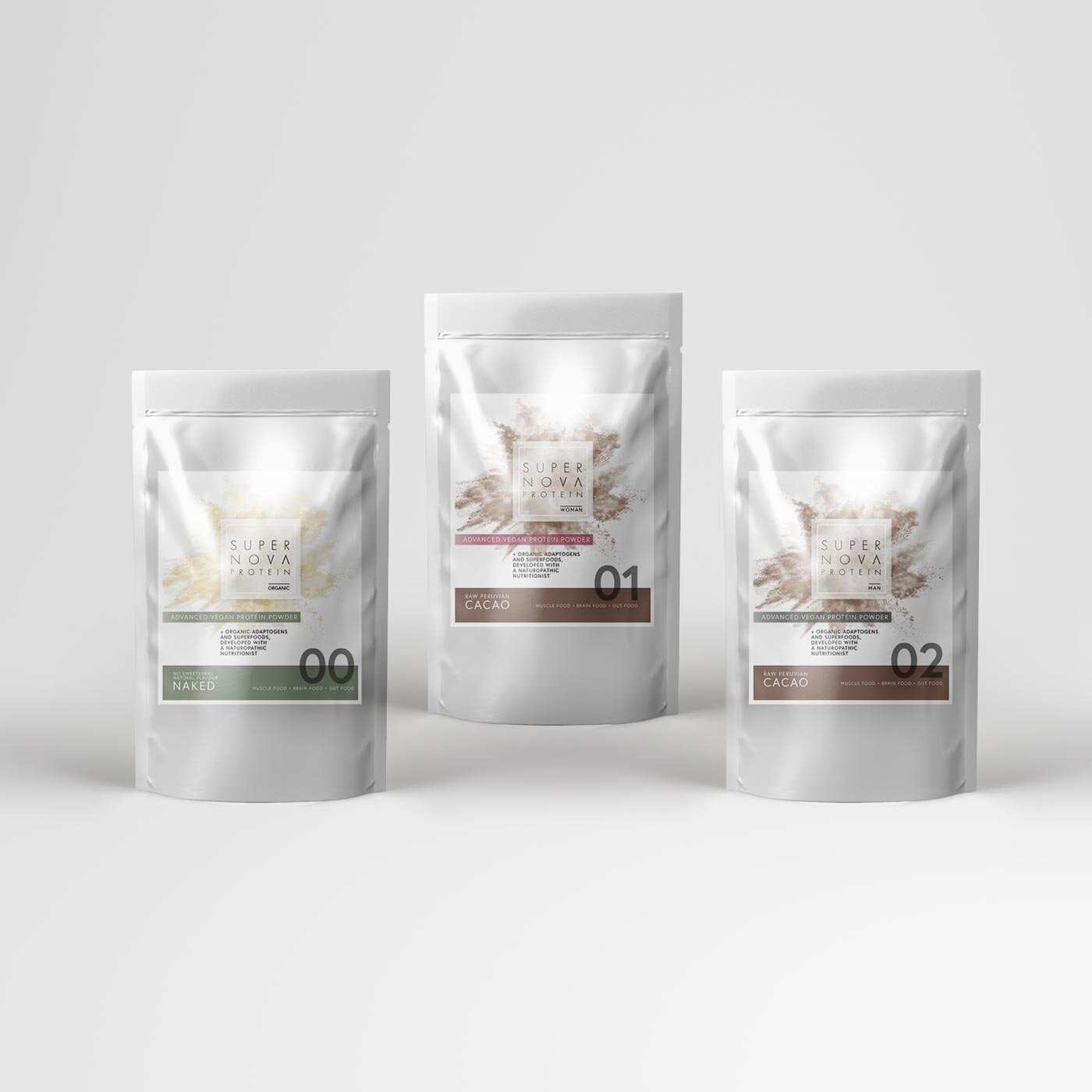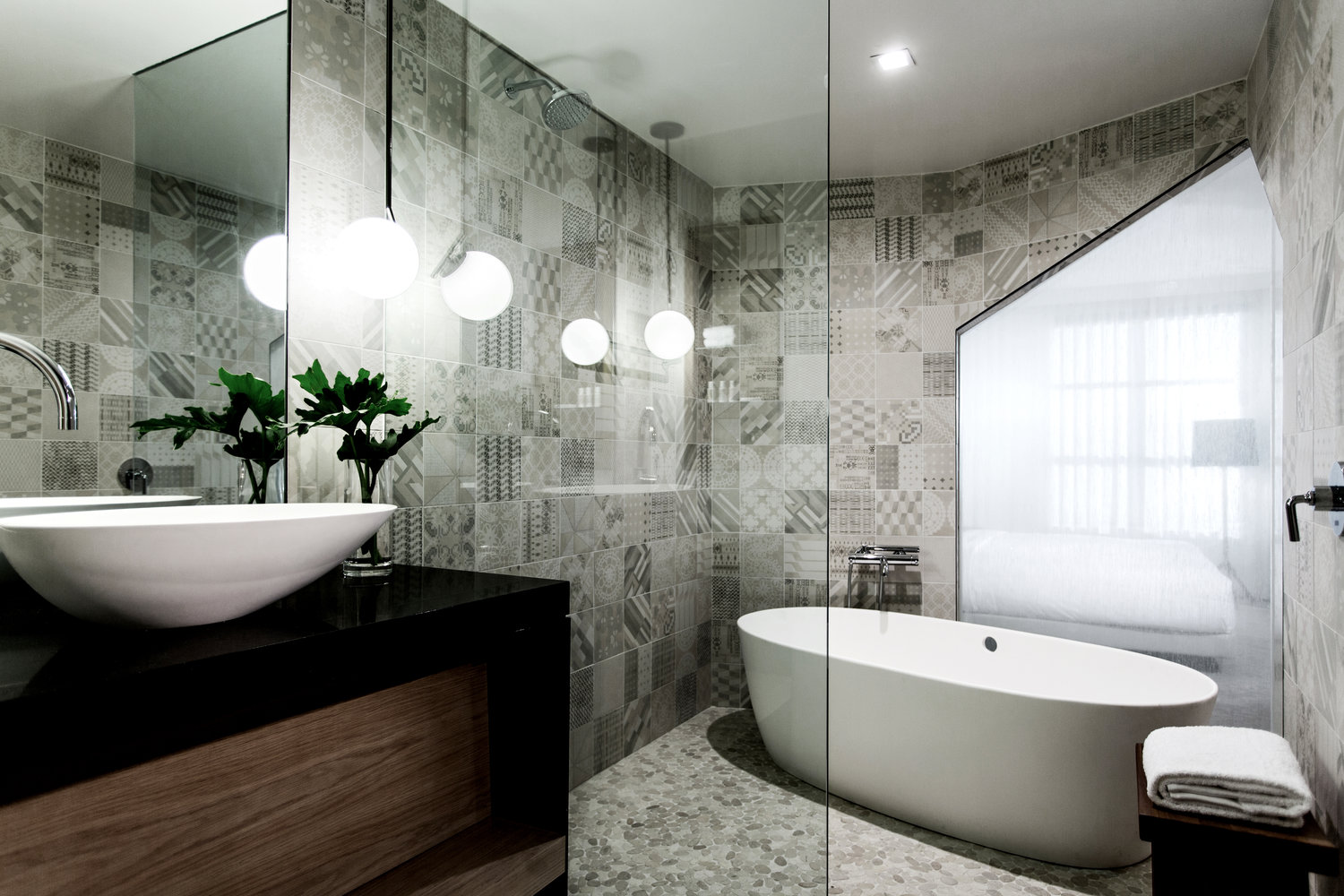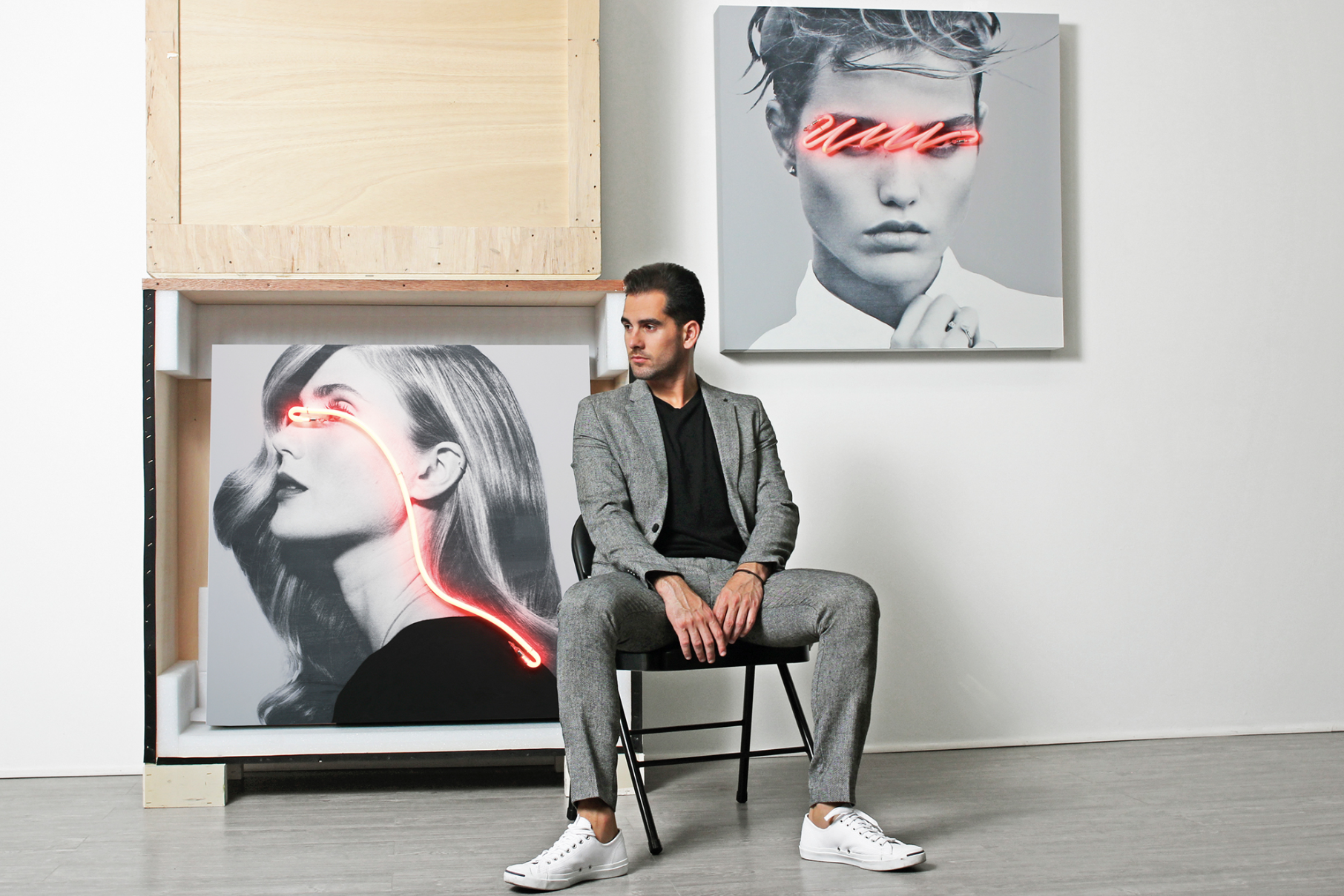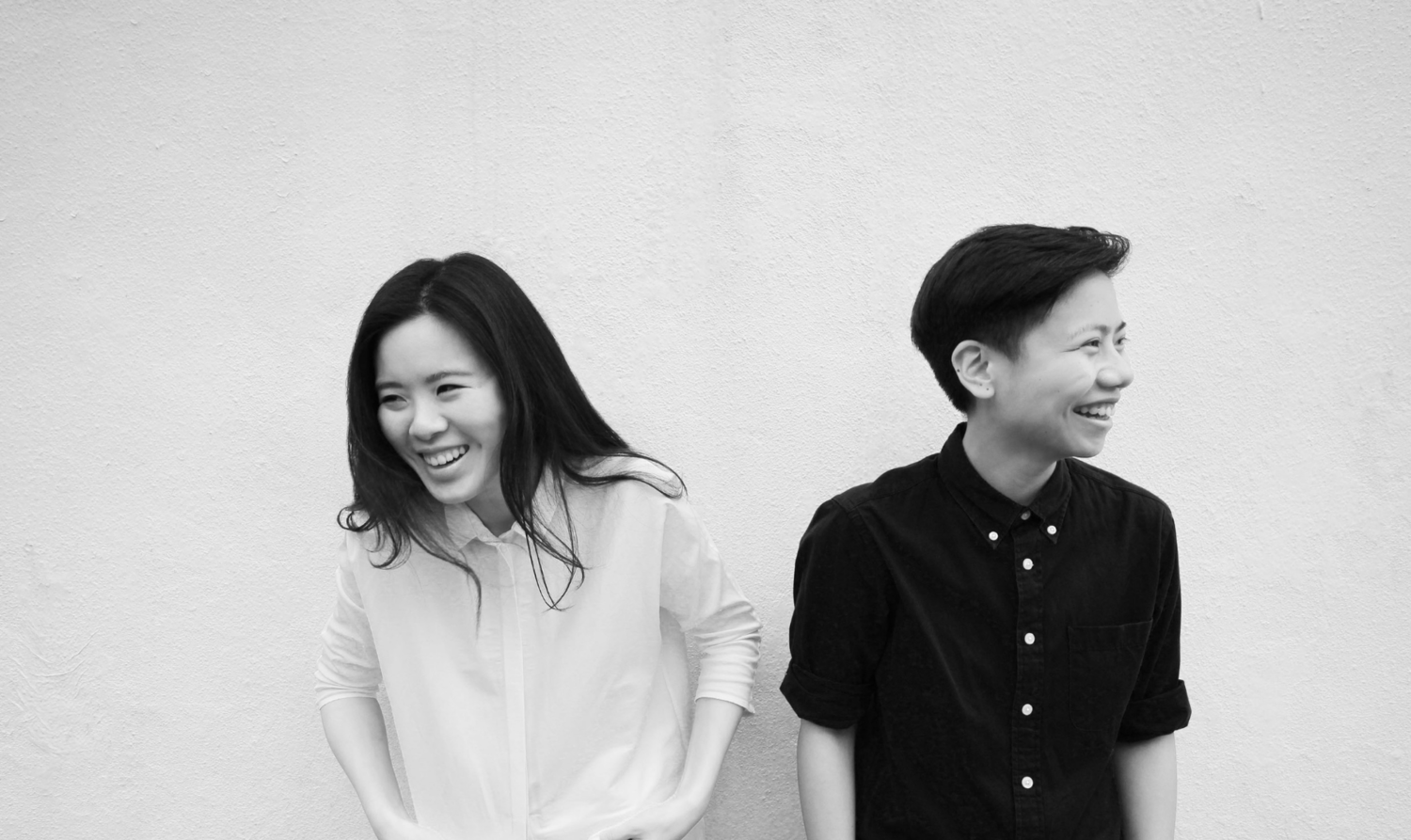As the founder + Editor-in-chief of CompareRetreats.com, a luxury well-being retreat discovery platform for the world’s leading wellness destinations, Dervla Louli Musgrave is a lady on a mission to bring much needed transparency to the wellness travel industry. With her impeccable style + otherworldly travels the Irish-born, Hong Kong based entrepreneur has created not only her dream job but a much needed safe, reliable + those seeking their escape + the next step on their inward journey.
Here Dervla speaks about her career + shifting gears, her own wellness routines + what’s next on her list once international travel resumes..
HSF - Dervla, firstly if you would, tell us a little about yourself + how have you been over the past year of crazy changes through the pandemic?
DLM - I’m an Egyptian Irish wellness travel entrepreneur + lifestyle editor based between Hong Kong + Ireland. I’ve worked for Tatler, contribute to Vogue + love geeking out about digital + print content creation. I founded CompareRetreats.com in 2017 to help people find + book the best tried, tested + trusted wellness retreats around the world + have three gorgeous rescue puppies Roxy, Clive + Chloé.
My initial reaction to the pandemic was to stress bake + I started a botanical baking business in Hong Kong. Once the initial shock wore off I made important + difficult business decisions to ensure CompareRetreats.com would survive the pandemic + thrive once travel resumes. I came to Ireland for Christmas to see my parents + have been here ever since, it’s been special to have so much time at home with family + friends.
HSF - What originally attracted you to Hong Kong as a city?
DLM - It’s small, dense, easy to navigate + is extremely dynamic + fast. I had just graduated from Trinity with a masters of finance + wanted to work for HSBC in Hong Kong but ended up pursuing publishing once I arrived. It’s a vibrant city full of hikes, beaches, secret islands + a perfect hub from which to explore Asia. I love the mix of high rises, markets, positive people + the incredible food scene.
HSF - Prior to founding Compare Retreats, you had an inspiring career in publishing - what lessons did you take with you from that time?
DLM - In my opinion content now has to work harder than ever so keep that in mind when you’re creating it. Plan out how you can edit it for social, digital + print before you put pen to paper or pick up a camera. I think listening to feedback, constantly learning new skills + knowing when to move on if you’ve stopped learning are three useful lessons.
HSF - For those new to it’s concept, explain exactly what Compare Retreats is as a platform + what it offers wellness seekers..
DLM - CompareRetreats.com is a bible of the best five star wellness + fitness retreats around the world. Less than 1% of wellness retreats worldwide meet the criteria + my approach is quality over quantity. We offer exclusive benefits via our travel concierge + booking portal + in depth reviews by certified health + fitness professionals. The retreat collection + our clientele are global so we can always find a retreat that suits someone whether that’s a sleep retreat in Thailand, an Ayurveda getaway in India or a spa break in Ireland. I’ve personally vetted most of the retreats + each one offers something very special. We even have a wellness retreat in the wild for animal + nature lovers.
HSF - What are some of the things that must be present, values so to speak, when you choose a retreat to add to the platforms exclusive collection?
DLM - Each property in the collection is so unique so there’s no set criteria per se but in general it must be beautiful + comfortable with excellent wellness experts, customer service + facilities. The retreat programmes must be transformative too.
HSF - What has been the retreat you’ve most loved?
DLM - There are too many to count but Aro Ha, COMO Shambhala Estate, Amanoi, Nihi Sumba, Royal Mansour + Joali are some standout spots.
HSF - And the one highest on your bucket list?
DLM - I was supposed to go to India in 2020 but life had other plans so Vana + Ananda are both high on my list.
HSF - As a tech + wellness entrepreneur, how do you see the industry changing due to COVID; where do you see things settling for both retreat hosts + wellness lovers in search of their bliss..
DLM - I think it will come back stronger than ever, we just need to be patient. I do see a huge increase in travel insurance sales, reliance on independent travel experts + longer stays on the horizon. We have received enquiries every day since COVID hit so the demand is there + as soon as it’s safe to send our clients away they’ll be running to retreats.
HSF - In being your own boss, how do you manage a work/life balance? It can be all consuming at times, especially, I find, when we love what we do so much + it doesn’t feel like work..
DLM - I have an amazing small team who help me get through a lot of the work that comes with running CompareRetreats.com + I love writing + creating content so much it’s not work per se because it’s second nature to me now. I think the reason we work for ourselves is because we find joy in building our own dreams instead of someone else’s. So I would say I don’t balance my work and my life, I just go with the flow.
HSF - What does a day in your life look like typically?
DLM - I naturally wake up at around 7 or 8 do some daily affirmations in bed, kiss my husband, tell my dogs how wonderful they are, then some water + coffee and go outside for a stroll if it’s a nice day while checking emails, booking enquiries, Instagram or I’ll do a PT session with a trainer. I’m not into breakfast so I usually have some eggs + fruit around midday + do most conference calls, Zooms + meetings in the afternoon. You’ll then probably catch me scrolling through Net-a-Porter trying to navigate what to wear through Ireland’s ever changing temperatures before catching up with friends. I’m loving Sporty & Rich tracksuits + anything cosy by Varley at the moment. Most of my writing for publishing clients happens at night while I listen to the extended version of Intro by The XX on repeat. Playing the same track when I need to write tells my brain it’s work mode. Then it’s time for my evening skincare routine which includes Skinceuticals and Dr. Lara Devgan serums, Augustinus Bader cream, Sarah Chapman’s oil, Amanda Harrington tan + some Gua Sha massage. My skin changed in my thirties + I’m now vigilant about preventing acne + pigmentation. I put on some Olivia Von Halle pyjamas, journal affirmations Sonia Samtani has given me that month + put on a SLIP mask before reading a book + lights out.
HSF - Hopefully we’ll get back to traveling at some point in the near future.. what are some of your top tips to remain balanced when traveling?
DLM - Allow yourself to let loose + have fun (you’re on a holiday after all!) + just make sure to keep on top of your three or four most important wellness habits. For me that means staying hydrated, only eating when I’m hungry, getting enough sleep + getting outdoors in nature for a walk on a daily basis if I can.
If you’re on a wellness retreat your day will be laid out so just try to let your mind rest while the experts take you through your paces. If you feel a resistance towards the regime you’re on breathe through it + remember positive change is always uncomfortable but worth it. Look at a retreat like a mini hero journey with lessons to teach you about yourself along the way. If you’re resisting eliminating coffee for example it’s because you’re probably too dependant or attached to it, be gentle + kind with yourself at all times.
HSF - What will we always find in your check-in // hand luggage?
DLM - Clarins Rose Hip lip balm, some cashmere, BOSE noise-cancelling headphones, Chanel card holder, Smythson notebook, a Maison Michel sun hat if I’m going somewhere warm, my Macbook + Kindle. In my dreams my poodle would be in there too.
HSF - When not participating at an in-person retreat, how do you value wellness in your everyday life?
DLM - I think wellness is an inside job that you can get outside help for but you need to invest time + effort into it. I work on my body, mind + spirit a little bit every day + from what I’ve learned it all begins with loving yourself so that everyone around you gets the best version of you.
HSF - I call them my daily positive practices, those things you know you just simply aren’t your full self when you skip them. Do you have daily rituals do you swear by?
DLM - Here’s my daily wellness list that Sonia Samtani helped me develop. It used to be very military + now it’s a lot softer which is great. Be Happy, Have Fun, Eat Protein, Move, Journal, Rest. I love this list + it works for me because they’re invitations not orders.
HSF - We connected recently through DM’s on Instagram when I shared about my experience with an eating disorder. I consider those who have recovered to have a strength so deep it makes you somewhat unbreakable once you’re through it. How has your own experience with an eating disorder + recovering from it played a part in shaping you as a person, both personally + professionally?
DLM - For most of my teenage + adult life I struggled with unhealthy eating patterns + beliefs around food. It wasn’t until recently with help from two experts Muk and Sonia that I was able to get better physically + mentally. I’ve become more patient, hardworking + committed as a result both personally + professionally.
HSF - Can you share, if you’re comfortable, what tools you have found helpful in your journey back to health?
DLM - A great therapist, Sonia specialises in inner child healing, hypnotherapy, NLP + so much more. Hypnotherapy is my favourite form of ‘travel’ these days, even if it is into my own subconscious. A positive, fun, knowledgeable + experienced coach to help you with nutrition, my trainer Muk is the best. I journal affirmations at night, say them to myself in the morning + sometimes play them in the car or while I’m walking. Realising there is no quick fix, that it is daily work and that you’re worth putting time and effort into are great realisations. Headspace for meditations, an Apple Watch to make step tracking fun + MyFitnessPal for macro counting are in my arsenal.
HSF - In your own experience, at what point did you come to terms with the fact you needed to make recovery a priority?
DLM - When we decided we wanted to start a family.
HSF - For anyone on the fence or frightened to commit fully to their wellbeing, what would you say?
DLM - Spending time improving your body, mind + spirit is the greatest investment you’ll ever make. You’re worth it.
HSF - What freedoms has your own commitment afforded you?
DLM - I’m so much kinder to myself + enjoy life much more, my cortisol levels have dropped, my relationships have improved + I’m just much happier + lighter.
HSF - Thank you Dervla, I relate to this so much. On a lighter note, what is the last book you enjoyed?
DLM - American Dirt
HSF - And movie?
DLM - Promising Young Woman
HSF - Documentary?
DLM - Social Dilemma
HSF - TV show?
DLM - Lupin
HSF - Podcast?
DLM - The Good Glow episode with Claire Moore
HSF - What are some of your unfulfilled ambitions?
DLM - I’d like to publish a book of some kind one day
HSF - And lastly, Dervla, what is next for you + Compare Retreats?
DLM - We’re adding the best luxury wellness retreats + spa breaks in Ireland + the UK to the collection
Follow Dervla @dervlalouli // Book your next wellness retreat at CompareRetreats.com


